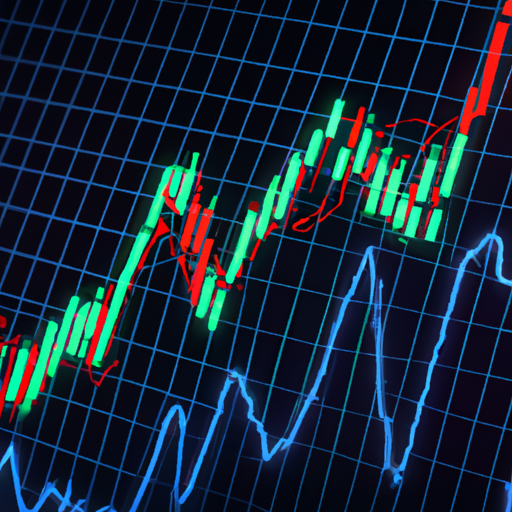Introduction To Algorithmic Trading Systems
Algorithmic trading systems have revolutionized the way financial markets operate.
These systems leverage advanced computational power to automate trading decisions, making them faster and more efficient than manual trading methods.
In this article, we’ll dive deep into algorithmic trading systems, exploring how they work, the benefits they offer, and how you can get started with this innovative approach to trading.
What Are Algorithmic Trading Systems?
Algorithmic trading systems utilize computer algorithms to execute trades in financial markets.
An algorithm is a set of predefined rules or instructions that a computer program follows to perform a specific task.
In the context of trading, these algorithms analyze market data and execute trades based on predetermined criteria such as price movements or technical indicators.
For instance, an algorithm might be programmed to buy a stock when its price falls below a certain level and sell it when the price rises above another level.
These algorithms can process vast amounts of data in milliseconds, enabling traders to take advantage of market opportunities that would be impossible to detect manually.
The Role Of Algo Trading Software
Algo trading software plays a crucial role in the implementation of algorithmic trading systems.
This software provides traders with the tools they need to create, backtest, and deploy their trading algorithms.
Popular platforms like MetaTrader 4 offer robust features for building and executing automated trading strategies.
With algo trading software, you can develop custom indicators and scripts tailored to your specific needs.
Additionally, these platforms often come with extensive libraries of pre-built algorithms that you can use as-is or modify according to your strategy requirements.
Benefits Of Algorithmic Trading Systems
There are several compelling reasons why traders are increasingly turning to algorithmic trading systems:
Speed And Efficiency
Algorithms can process complex calculations and execute trades much faster than humans.
This speed allows traders to capitalize on minute price discrepancies before they disappear.
For example, high-frequency traders use sophisticated algorithms capable of making thousands of trades per second.
Elimination Of Human Emotion
Emotions like fear and greed often cloud judgment in manual trading.
Algorithmic systems follow predefined rules strictly without emotional interference.
This objectivity leads to more consistent performance over time.
Backtesting Capabilities
Before deploying an algorithm in live markets, it’s critical to test its effectiveness using historical data.
Most algo trading software includes backtesting features that allow you to simulate your strategy’s performance over past market conditions.
This helps identify potential flaws and fine-tune your approach before risking real money.
Getting Started With Algorithmic Trading
If you’re new to algorithmic trading systems but eager to explore their potential, here’s how to get started:
Learn The Basics Of Trading And Coding
Before diving into algorithm development:
– Gain a solid understanding of financial markets
– Study key concepts such as technical analysis
– Learn coding languages commonly used in algo-trading like Python or C++
Courses available online provide excellent resources for mastering these skills.
Choose A Reliable Platform
Selecting reliable algo-trading software is crucial.
Look for platforms offering comprehensive features like:
– MetaTrader 4
– Backtesting capabilities
– Real-time data access
Ensure compatibility with brokers supporting automated strategies.
Developing Your First Algorithm
Once equipped with knowledge & tools:
1. Define clear objectives & criteria guiding trade decisions (e.G., Buy/sell signals).
2. Use platform libraries or create custom scripts for implementing logic.
3. Test thoroughly using historical data before going live.
Now let’s delve deeper into some practical tips:
Simplify Your Strategy Initially:
Start simple by focusing on basic strategies such as moving average crossovers rather than complex models involving multiple variables simultaneously.
Constantly Monitor Performance:
Even after successful backtests—Monitor live performance closely;
Make necessary adjustments based on observed results.
In conclusion—Algorithmic Trading Systems offer immense potential but require diligent learning & careful execution!
By embracing this innovative approach—you stand better positioned toward achieving success within dynamic financial markets!
So why wait?
Dive deeper into worlds where technology meets finance today!

